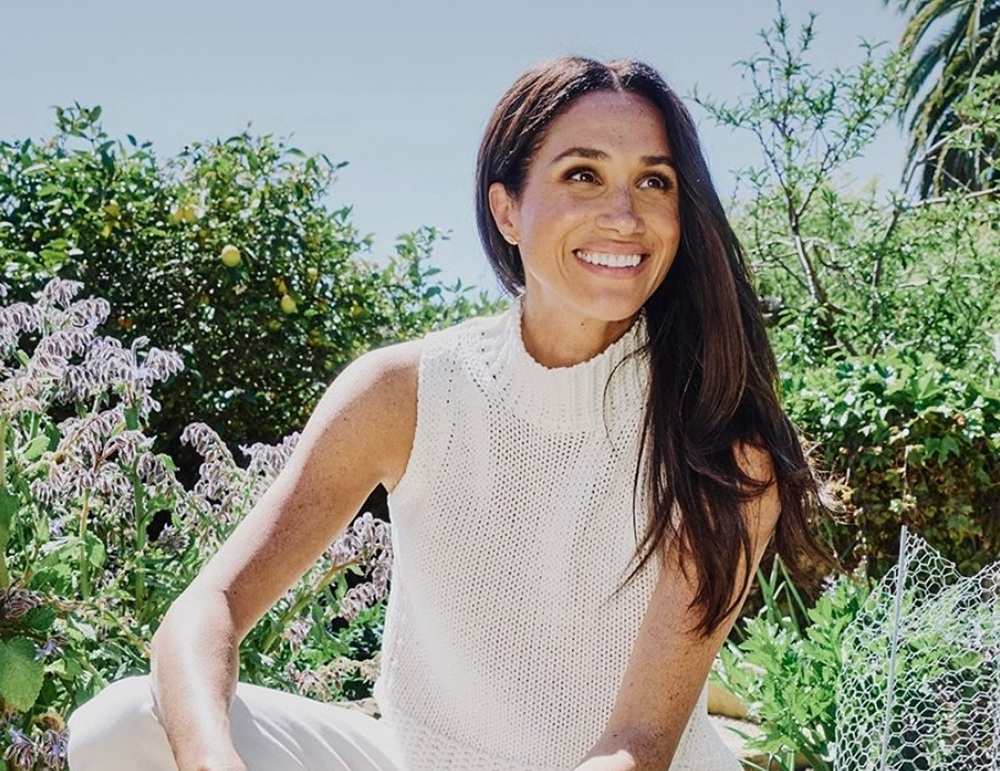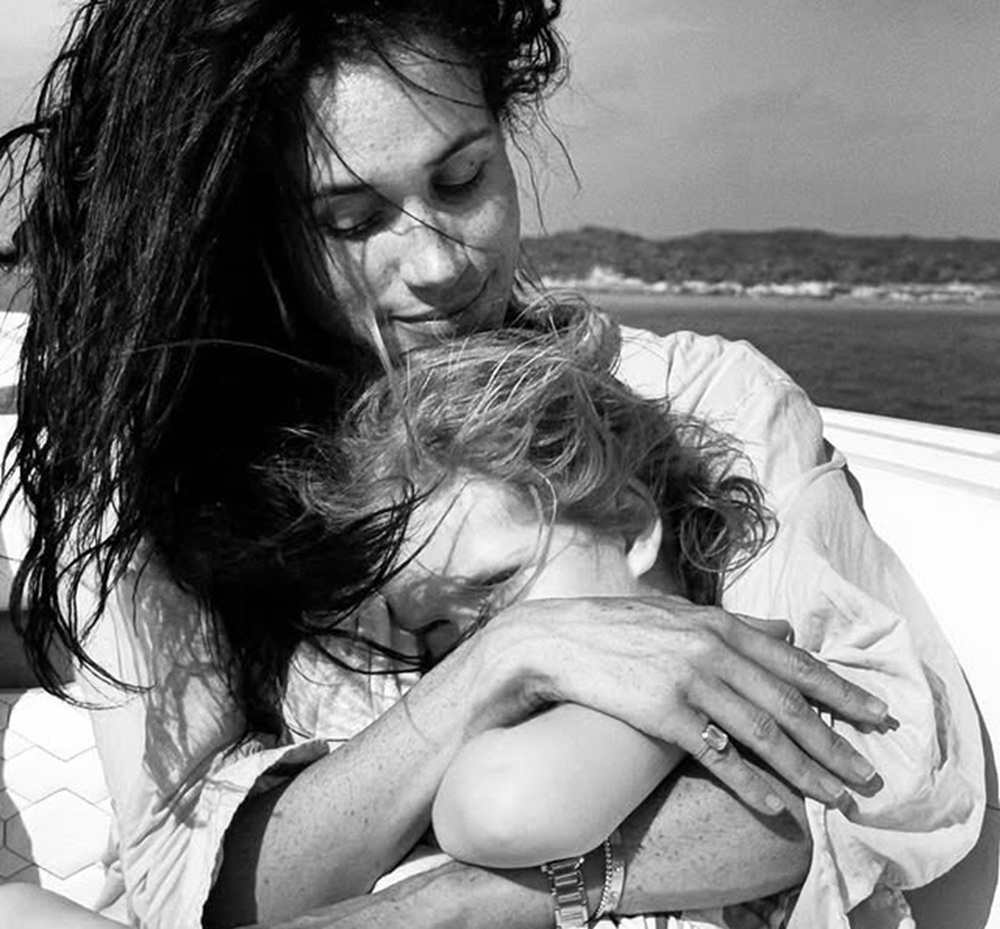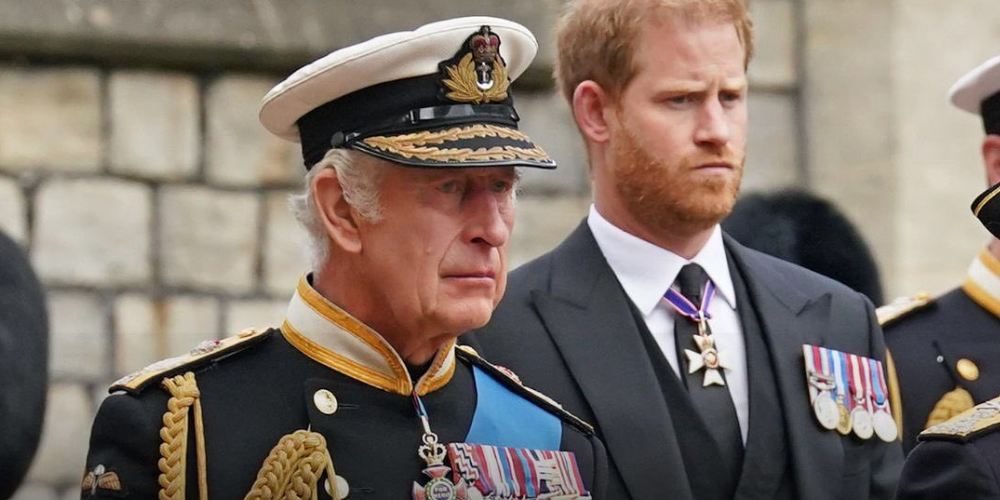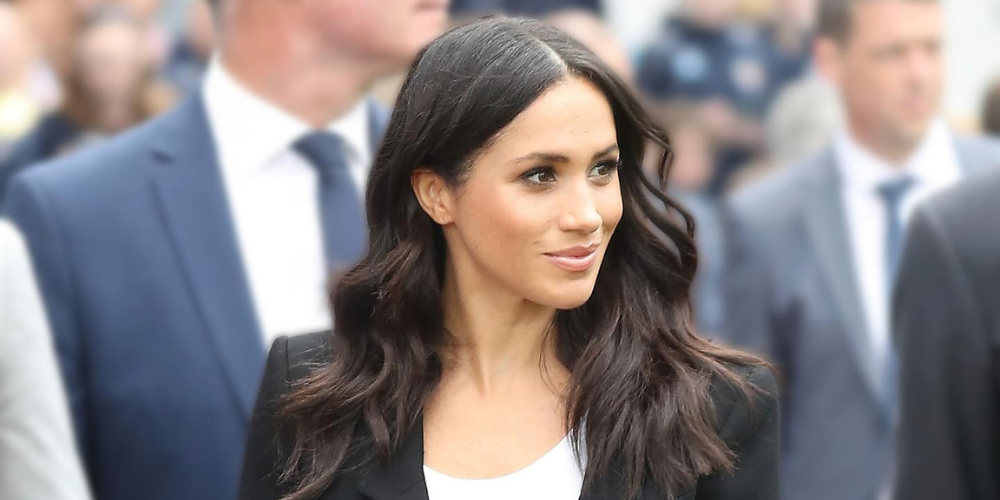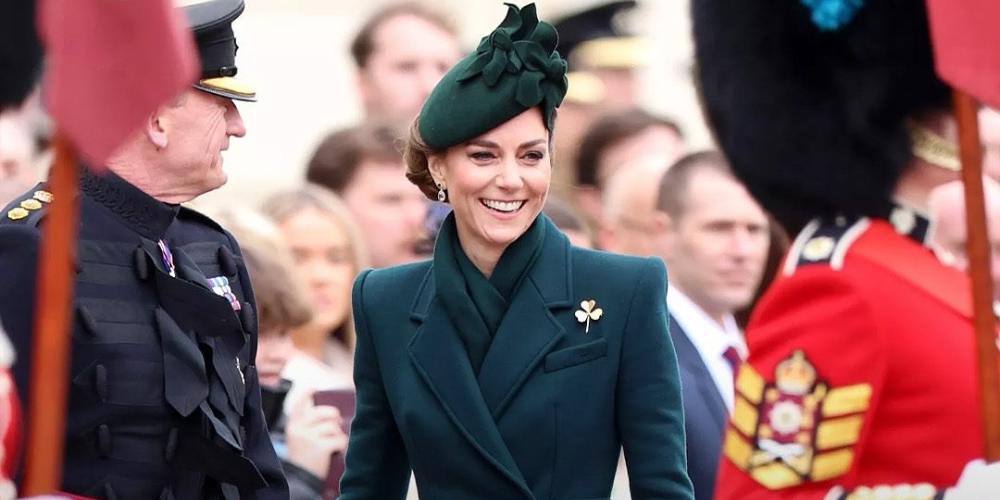Was Prince Philip a womanizer? This question has been a subject of speculation and intrigue for decades, especially as biographers and media often hint at his fondness for the company of attractive women. The portrayal of his relationships in shows like “The Crown” only adds fuel to the fire, leaving many to wonder about the real dynamics of his marriage to Queen Elizabeth II.
The Crown’s Implications and Royal Gossip
In “The Crown,” Prince Philip’s relationship with Penny Romsey, later Countess Mountbatten, is depicted as close and affectionate, sparking curiosity about the nature of their bond. The show’s second episode features a scene where Philip shares philosophical advice about marriage and personal happiness with Penny, suggesting intimacy beyond mere friendship. This dramatization, while engaging, leaves much to the imagination and stops short of making any definitive claims about infidelity.
Biographers face similar challenges when exploring Philip’s marriage to Elizabeth. Without concrete evidence of unfaithfulness, the subject remains sensitive, particularly during Her Majesty’s lifetime. Gyles Brandreth’s biography, “Philip, the Final Portrait,” touches on Philip’s reputation but ultimately provides inconclusive insights. Instead, it delves into psychological theories and familial influences, suggesting that Philip’s childhood surrounded by female relatives may have shaped his later interactions with women.
Was Prince Philip a Womanizer? The Duke’s Relationships and Reputation
Understanding Elizabeth and Philip’s marriage requires examining their backgrounds and the societal norms of their time. Both came from aristocratic families where monogamy was not always strictly observed. Marriages often served practical or dynastic purposes and emotional independence was sometimes valued over exclusive fidelity.

Elizabeth and Philip’s union reflected these aristocratic values, balancing personal space with public duty. While occasionally subject to rumors, their marriage was marked by mutual respect and a shared commitment to the monarchy. This arrangement allowed them to navigate their roles while maintaining individual interests and social circles.
The Evolution of Marriage Expectations
The post-war period saw a shift in marital expectations, with a growing emphasis on emotional and physical satisfaction within marriages. This change posed challenges, as spouses were now expected to fulfill a broader range of needs. The rising divorce rates of the time reflected the difficulty many faced in meeting these new standards.
Despite these societal changes, Elizabeth and Philip maintained a strong partnership. The Queen’s devotion to Philip was evident from a young age, while Philip’s affection for Elizabeth was clear in his own way. Their relationship, though unconventional by some standards, endured for over seven decades, demonstrating a unique blend of traditional values and modern adaptability.
Royal Marriages and Public Perception
Public perception of royal marriages often focuses on fidelity and scandal, overshadowing the complexities and strengths of these unions. Like any long-term partnership, Elizabeth and Philip’s marriage had its share of challenges and adjustments. However, their ability to maintain a united front and support each other’s roles contributed to the monarchy’s stability.

Philip’s reputation for being a “raffish old man” with a fondness for female companionship was balanced by his dedication to his royal duties and his wife. His interactions with women, while sometimes the subject of gossip, did not overshadow his contributions to the royal family and his commitment to Elizabeth.
A Lasting Legacy
The marriage of Queen Elizabeth II and Prince Philip stands as a testament to their personal resilience and their dedication to the crown. Their partnership evolved over the years, adapting to changing societal norms and personal circumstances. While rumors and portrayals in popular media may suggest a more complex picture, the core of their relationship was built on mutual respect, understanding, and a shared sense of duty.

